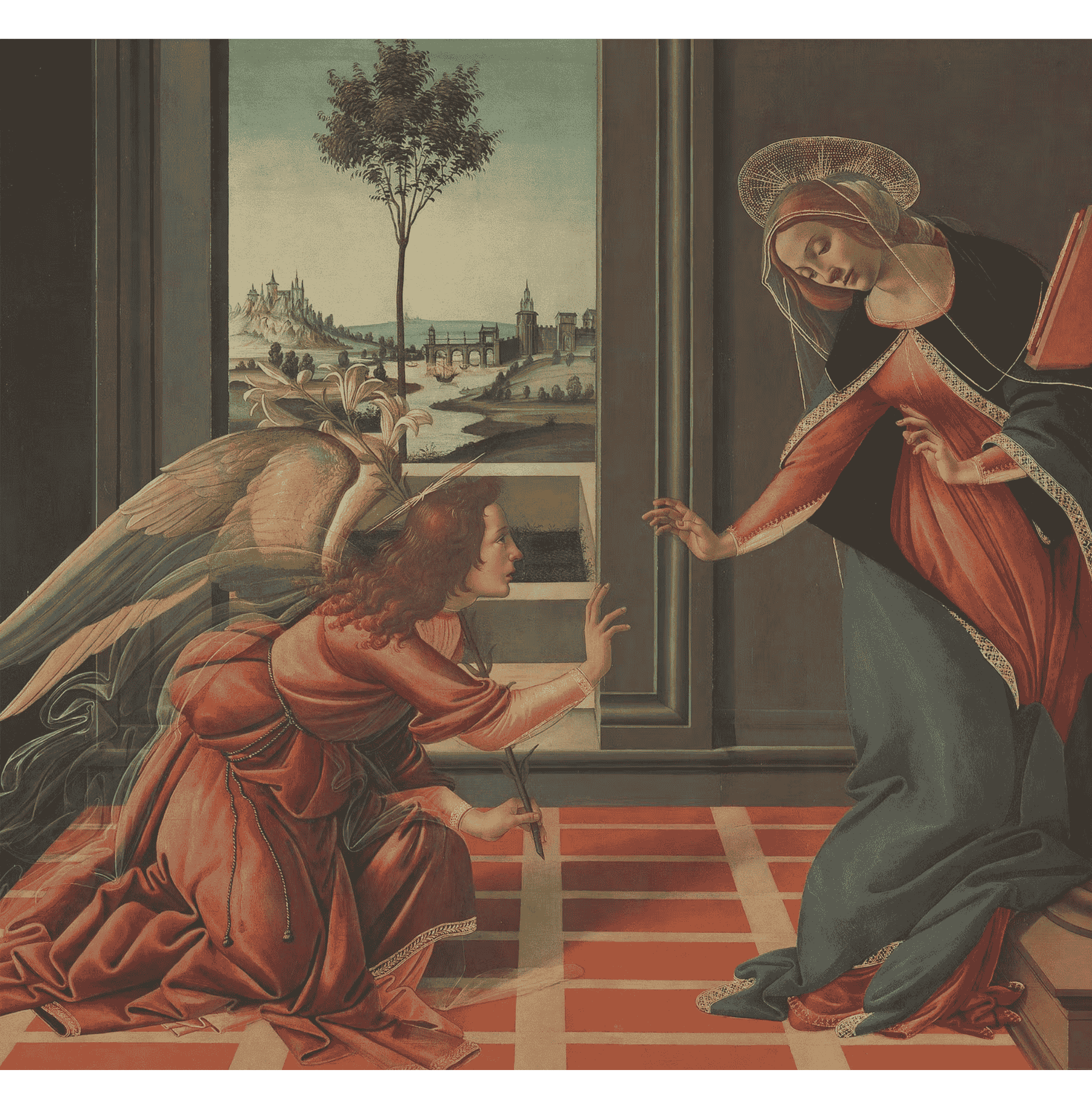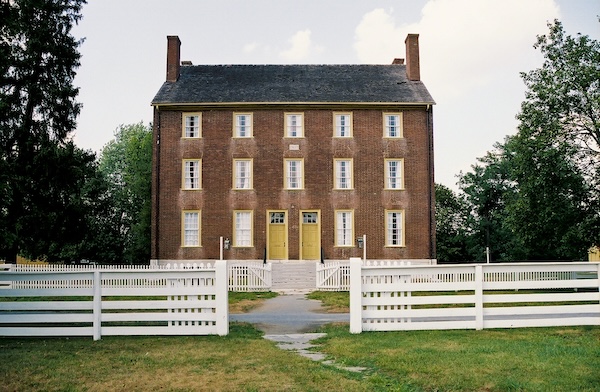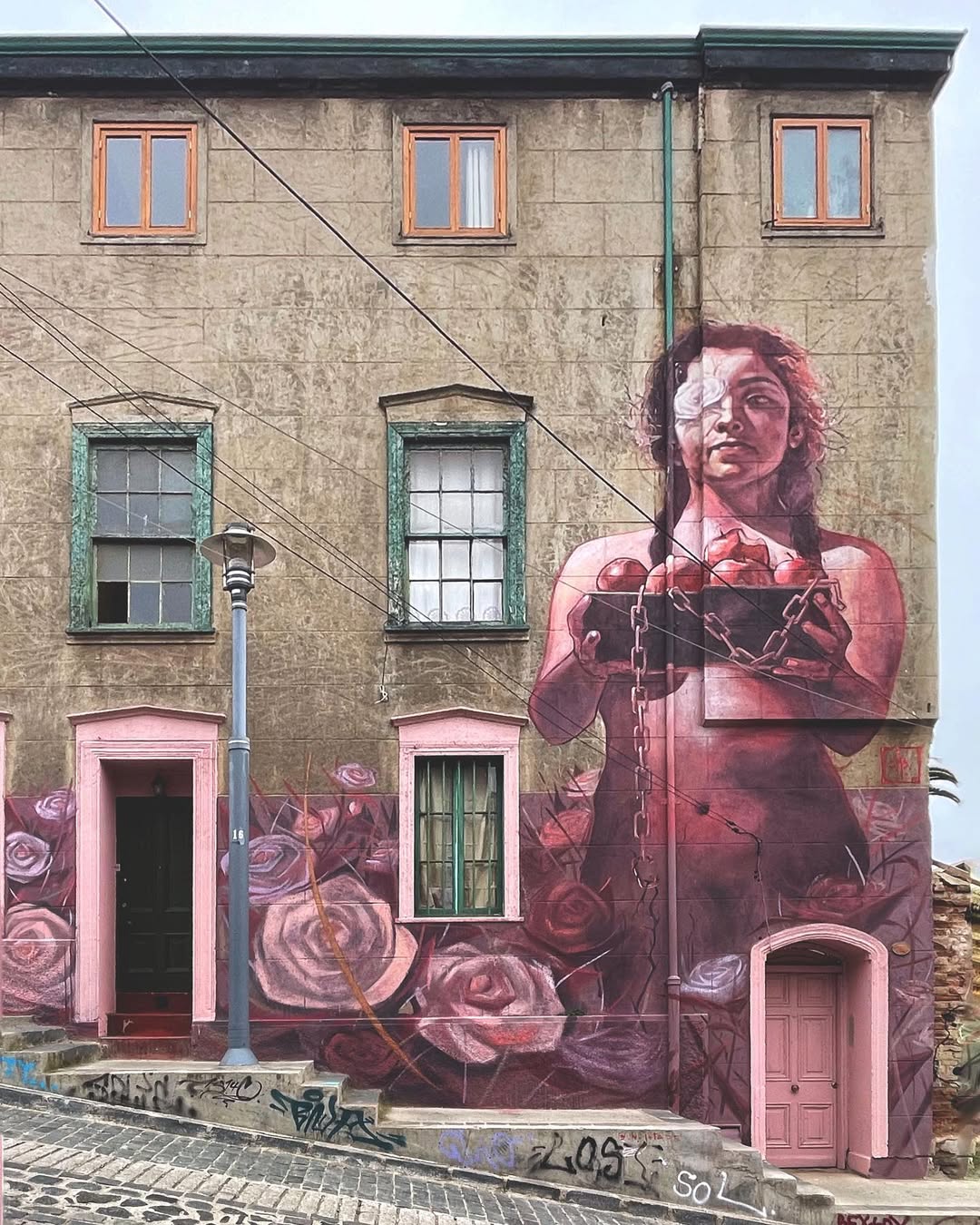
Coming as Forced Journey to Bethlehem
Peace? and to all the world? sure, One
And He the Prince of Peace hath none.
He travels to be born, and then
Is born to travel more again.
Poor Galilee! thou can’st not be
The place for his Nativity.
His restless mother’s called away,
And not delivered till she pay.
—Henry Vaughan, from “The Nativity”
In Mary’s third trimester she and Joseph were forced by an imperial decree to go to Bethlehem to register for the Roman census (Luke 2:1–5). A distance of about ninety miles, this journey probably would have taken a week, given Mary’s condition—south along the flatlands of the Jordan River, then west over the hills surrounding Jerusalem, and on into the city of David. Walking or riding through cold desert, while pregnant, to fulfill a bureaucratic requirement is not anyone’s idea of fun. It’s inconvenient and uncomfortable, to say the least. But this is how Jesus came into the world.
The couple’s mode of transportation is not mentioned in the Bible, but a donkey is likely, and indeed that’s how artist Pranas Domšaitis has interpreted the event. Born in the Prussian village of Cropiens in 1880 to a farming family, Domšaitis spent time in various European capitals, studying and exhibiting art and hobnobbing with other artists. In 1949 his wife’s job brought them to Cape Town, South Africa, where he lived for the rest of his life.
Domšaitis’s paintings are composed of large, richly colored planes and bold outlines, and they often evoke simple folk life. Art critic Graham Watson described them as fusing “something of [Marc] Chagall’s enchanting visions, the guileless piety of [Georges] Rouault, the resonant colour of the expressionists, and the intuitive wisdom of the peasant.”
Domšaitis turned often to the Bible for inspiration. The Flight to Egypt was among his most commonly painted subjects, embodying his personal response to the twentieth-century experience of exile and uprootedness. Iconographically very similar to the Journey to Bethlehem, the Flight to Egypt differs only in that Jesus is out of the womb. The Lithuanian Art Museum (Lemont, Illinois, USA )does not have a title on file for the painting pictured here, and it could very well function as either an entry into or an exit from Bethlehem. The occurrence of these two episodes virtually one right after the other in Jesus’s birth narrative reinforces a key theme of his life: he’s always on the go, with no place to lay his head. As the seventeenth-century poet Henry Vaughan puts it, “He travels to be born, and then / Is born to travel more again.”
In Domšaitis’s painting, a hill rises up behind Mary and Joseph as they enter town by night, weary from their travels; it foreshadows the challenges that lie ahead for their family. But there is also divine affirmation: a yellow moon, like a halo, hovers overhead, as if waiting to crown the infant head of the soon-to-be-born messiah.
**********
This meditation originally appeared in 2016 in the self-published Advent devotional booklet Come, Lord Jesus, Come, available for free download from ArtandTheology.org. Reprinted with permission.
Pranas Domšaitis: Untitled, oil on board. Lithuanian Museum of Art, Lemont, Illinois, USA. Photo: R. Vaitkus.
Pranas Domšaitis (1880–1965), born in a small hamlet on the border of Prussia and Lithuania, “developed a distinctive style of painting that fused Lithuanian folkloric art traditions – replete with a mystical quality – with an interest in both early ecclesiastical art and an emerging European Expressionism” (source). He garnered sufficient recognition to be included in the Nazi government’s notorious Degenerate Art exhibition in 1937. After World War II he moved to Cape Town, South Africa, where he spent the rest of his life. His paintings on religious themes are regarded as among his most powerful.
Victoria Emily Jones lives in the Baltimore area of the United States, where she works as an editorial freelancer and blogs at ArtandTheology.org, exploring ways in which the arts can stimulate renewed engagement with the Bible. She serves on the board of the faith-based arts nonprofit the Eliot Society and as art curator for the Daily Prayer Project, and she has contributed to the Visual Commentary on Scripture and the Encyclopedia of the Bible and Its Reception. Follow her on Instagram (@art_and_theology), Twitter (@artandtheology), and Facebook.
%20(1).png)












